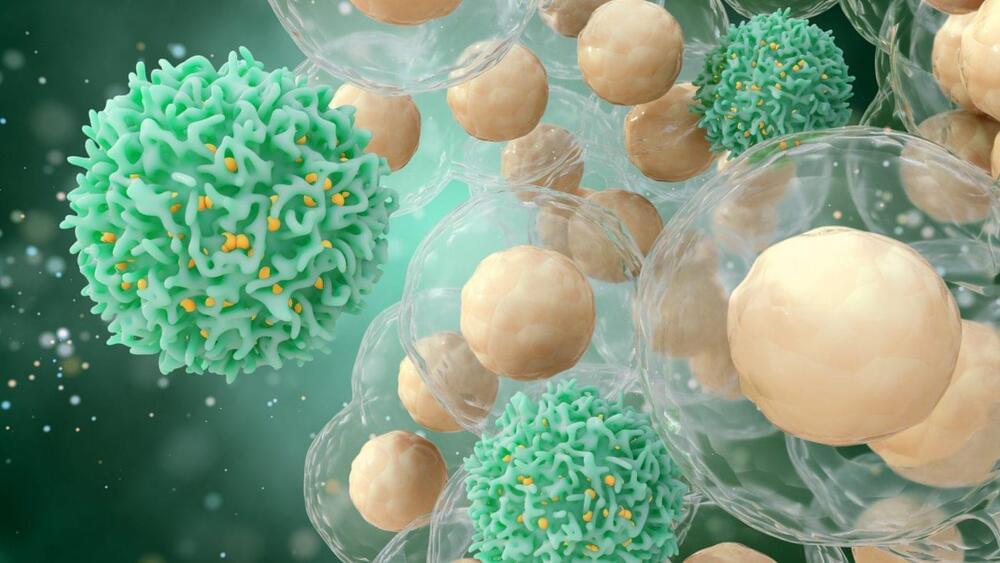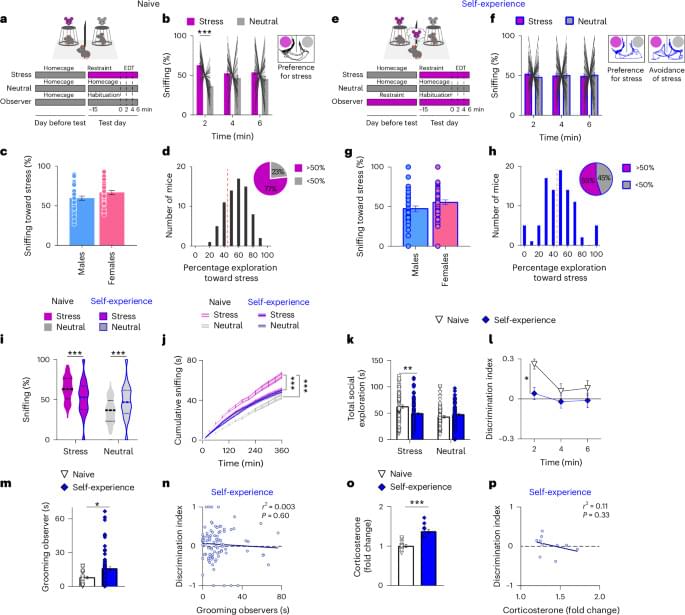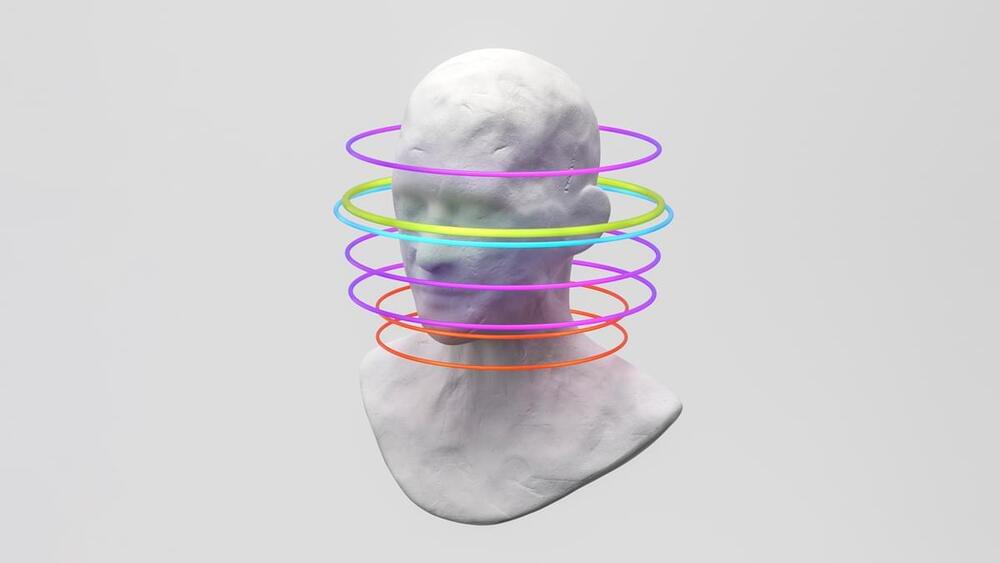What are we missing?
Metabolic changes influence T cell identity and open avenues for interventions to sustain immune function.
( – (
Psychological studies have shown that the way humans respond to others’ emotions is strongly influenced by their own past emotional experiences. When a similar emotional situation—such as a past stressful event—is observed in another person, we can react in two different ways. On one hand, it may generate empathy, enhancing the ability to understand others’ problems and increasing sensitivity to others altered emotions. On the other hand, it may induce self-distress resulting into an avoidance towards others.
The research group at IIT has demonstrated that a similar phenomenon also occurs in animals: recalling a negative experience strongly influences how an individual responds to another who is experiencing that same altered emotional state. More specifically, animals exhibit different reactions only if the negative event they experienced in the past is identical to the one they observe in others. This indicates that even animals can specifically recognize an emotional state and react accordingly even without directly seeing the triggering stimuli.
italiano di tecnologia.
Maltese et al. show in mice that experiencing an adverse event affects future interaction with others experiencing the same stressor. These self-experience socioemotional reactions are orchestrated by the corticotropin-releasing factor system in the medial prefrontal cortex.
A new, more sustainable AI model recognizes visual scenes by mirroring brain processes, opening doors for applications in medical diagnostics, drug discovery and beyond.
Imagine humanity achieving type 7 civilization – a level beyond our wildest dreams. What does it mean to be in control of not just our galaxy, but the entire universe? Would we become gods – or bring about our own demise?
‘Are you a mind with a body or a body with a mind?’ The legacy of a 1970 ‘head transplant’ experiment performed on monkeys.
A group of researchers have carried out a techno-economic analysis of three revamping strategies for an operating photovoltaic power plant in southeast Spain. They found the highest production value by installed power is obtained when both the modules and inverters are replaced.
Grenergy, a Spanish independent power producer focused on the development of PV, wind, and energy storage projects, has announced the arrival of 105 BYD batteries at the port of Iquique, Chile.
Grenergy said that the Chipol Guangan cargo ship, arriving after a 42-day journey from Dachan, China, has delivered 1,050 MC Cube ESS battery modules with a total storage capacity of 600 MWh. The modules will support the Oasis de Atacama solar-plus-storage project in Chile.
From the early days of mechanical automatons to more recent conversational bots, scientists and engineers have dreamed of a future where AI systems can work and act intelligently and independently. Recent advances in agentic AI bring that autonomous future a step closer to reality. With their supercharged reasoning and execution capabilities, agentic AI systems promise to transform many aspects of human-machine collaboration. The agentic AI prize could be great, with the promise of greater productivity, innovation and insights for the human workforce. But so, too, are the risks: the potential for bias, mistakes, and inappropriate use. Early action by business and government leaders now will help set the right course for agentic AI development, so that its benefits can be achieved safely and fairly.
Page-utils class= article-utils—vertical hide-for-print data-js-target= page-utils data-id= tag: blogs.harvardbusiness.org, 2007/03/31:999.397606 data-title= What Is Agentic AI, and How Will It Change Work? data-url=/2024/12/what-is-agentic-ai-and-how-will-it-change-work data-topic= Generative AI data-authors= Mark Purdy data-content-type= Digital Article data-content-image=/resources/images/article_assets/2024/12/Dec24_12_1450615814-383x215.jpg data-summary=
The next era of human-machine collaboration will present new opportunities and challenges.









